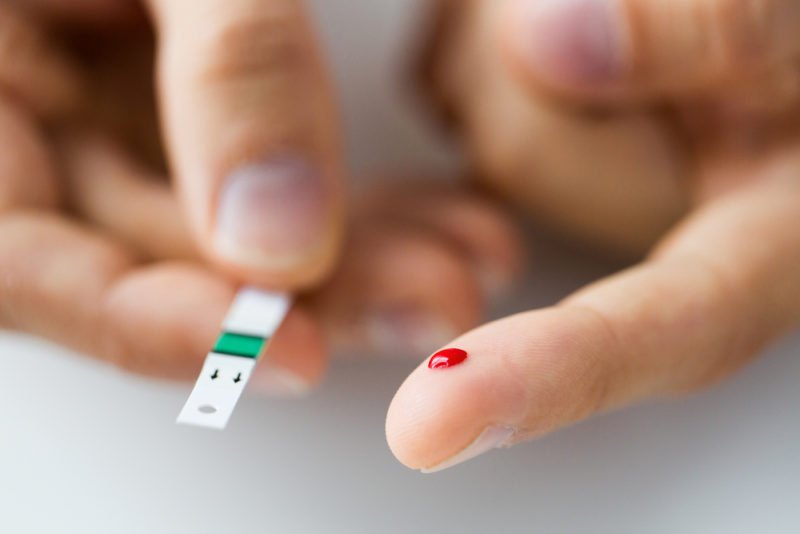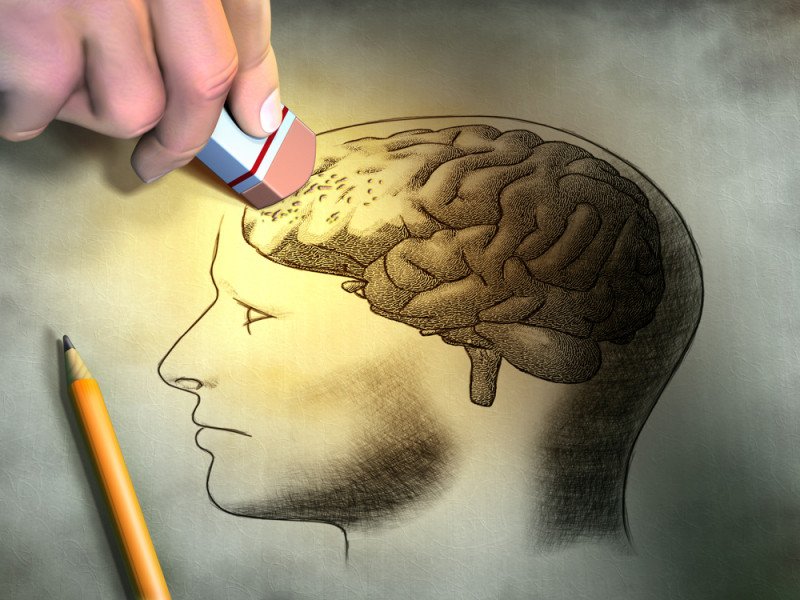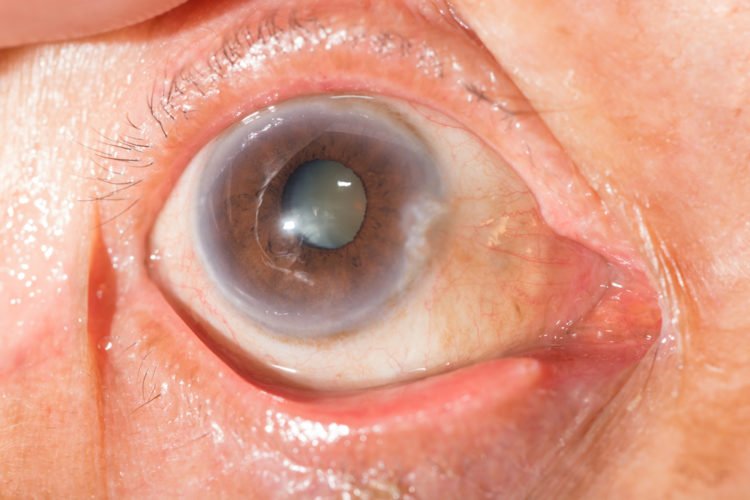Statins are some of the most widely prescribed drugs in the country. One in four Americans over the age of 45 are taking them to battle high cholesterol levels. But as research piles up about the dangerous side effects that come along with taking statins, they are becoming increasingly controversial.
Statins deplete the body of CoQ10, an antioxidant needed by every single cell in the body. It’s responsible for producing energy, promoting cell growth and maintenance and protecting the body from damage caused by oxidative stress. Statins also inhibit the synthesis of Vitamin K2 and reduce the production of ketone bodies, which increases the risk of serious diseases.
Health Issues Caused By Statins
1. Cancer

Studies have shown that long-term statin use more than doubles a woman’s risk of two types of breast cancer – invasive ductal carcinoma and invasive lobular carcinoma. Statins have also been associated withincreased risk for prostate cancer. According to the Journal of Clinical Oncology, “several cholesterol-lowering drugs, including statins, have been found to be carcinogenic in rodents.”
2. Diabetes

Research has shown that statins increase diabetes risk in several ways. They increase insulin resistance and raise blood sugar levels. Statins prevent the liver from making cholesterol, which causes the liver to return sugar to the bloodstream. According to a 2011 meta-analysis, the higher the dosage of statin drugs someone is taking, the greater their risk of diabetes.
3. Neurodegenerative Diseases

The brain holds about 25% of the cholesterol in the body. It’s an essential part of synapse formation, which allows a person to think, learn new things and form memories. Statins reduce ketone production, which the brain needs for fuel. Ketone bodies have also been shown to protect against neurodegernative diseases, seizures and age-related brain diseases. Research has shown that statins are associated with an increased risk for Parkinson’s disease.
4. Musculoskeletal Disorders

Studies have shown that statin users are more likely to suffer from musculoskeletal conditions, injuries and pain than those who do not use statins. The medication interferes with proteins that contain selenium, which play a crucial role in preventing oxidative damage in muscle tissue. Myalgia, muscle weakness, muscle cramps and autoimmune muscle disease have all been reported with statin use.
5. Cataracts

According to an objective review of PubMed, EMBASE and Cochrane review databases, for every 10,000 people taking a statin, there were 307 extra patients with cataracts. A JAMA study revealed that the risk of cataracts is increased among statin users, compared to those who do not take statins.